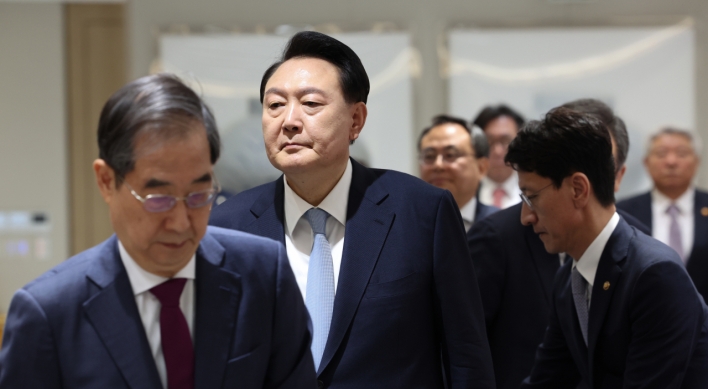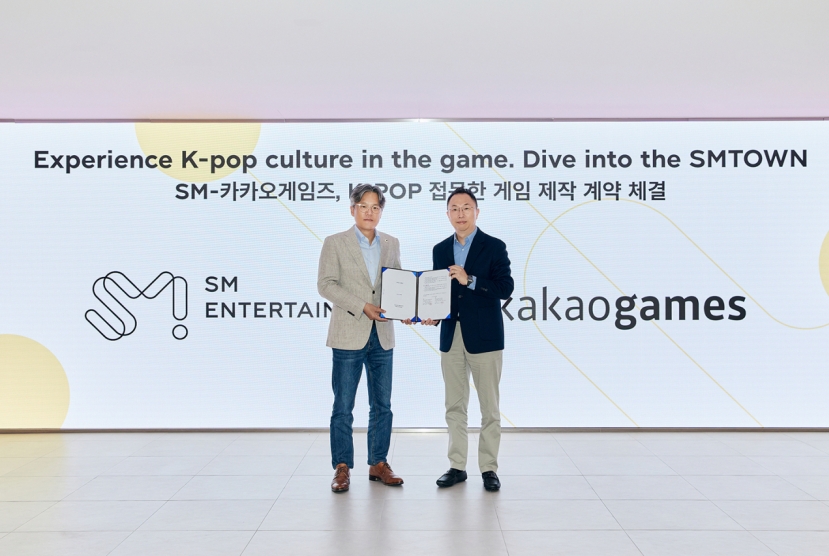[Editorial] Weak point
Japan’s restrictions on exports highlight need to develop basic tech, materials industry
By Korea HeraldPublished : July 4, 2019 - 17:09
The dispute involving Japan’s restrictions on exports of key industrial materials to South Korea should be tackled diplomatically, as political motives appear to be behind the move taken by the Tokyo government.
But the development should also serve as a reminder to Korean government officials and businesses of the need to reduce the country’s reliance on Japanese technology, materials and component parts.
It is condemnable that Japan has tied trade policy to a political issue like the Korean court’s ruling on victims of forced labor during World War II. However, the move has exposed the vulnerability of the Korean economy to a de facto embargo by the neighboring country.
Regarding the restrictions, the Japanese government has pinpointed three key materials for the production of semiconductors and displays for which South Korean buyers would have difficulty finding alternative sources.
Japanese suppliers account for about 90 percent of global supplies of fluorinated polymides and photoresists, which are used in display manufacturing and chipmaking, respectively. Japanese firms also produce 70 percent of the world’s hydrogen fluoride, which is used to clean chips.
Korean firms like Samsung, SK hynix and LG rely almost entirely on supplies from Japanese partners. Therefore it is almost certain that their production of chips and displays will face setbacks due to shortages of the three key chemicals.
Korean firms will not be the only ones to suffer. Japanese manufacturers that buy Korean-made chips and parts will also face difficulties -- one reason even Japanese media have found fault with the action taken by Prime Minster Shinzo Abe.
Furthermore, the move sets a bad precedent of using trade restrictions to tackle political disputes related to historical issues between the two.
The Nihon Keizai Shimbun said in an editorial that the action aims to exploit trade policy as a political tool -- which has been used by the US and China. “Japan used to draw a line on a move like that,” it said.
The Mainichi Shimbun said Japan’s decision goes against the principle of free trade it has been advocating and that Japan will now face greater distrust from the international community.
International media have also condemned Tokyo’s move. A Financial Times article said that it “exposes Tokyo to allegations of hypocrisy on free trade.”
Meanwhile, countermeasures to be taken by the Seoul government include filing a complaint with the World Trade Organization.
The difficulties faced by Korean firms should provide the country a precious lesson.
It shows yet again that calls by past Korean governments to reduce the reliance on Japanese technology, equipment, parts and materials have gone nowhere.
Data highlights the lopsided situation: South Korea suffered a deficit of $16 billion against Japan in the parts and materials sector, compared to a $39.9 billion surplus with China and a $9.7 billion surplus with the US in 2017.
Major Japanese items South Korea imported last year included semiconductor manufacturing equipment worth $5.2 billion, integrated circuits valued at $2.4 billion and fine chemical materials worth $1.9 billion. Others included discrete semiconductor auto parts, silicon wafers and optical instrument parts.
In some sense, the exchanges show that the two countries -- owing not only to geographical proximity but also differing levels of industrial development -- are in the same economic ecosystem, in which, of course, Japan still has the upper hand.
The unprecedented Japanese action to restrict exports of key materials -- which follows economic retaliation China meted out in response to South Korea’s decision to station a US missile defense system here -- demonstrates that the economic ecosystem involving this country is vulnerable to geopolitics.
This calls for the government and businesses to further strive to make the Korean economy more independent of external factors. The first thing to do is to double efforts to gain technological self-reliance and ensure the stable supply of materials and component parts by diversifying sources.
-
Articles by Korea Herald







![[KH Explains] How should Korea adjust its trade defenses against Chinese EVs?](http://res.heraldm.com/phpwas/restmb_idxmake.php?idx=644&simg=/content/image/2024/04/15/20240415050562_0.jpg&u=20240415144419)











